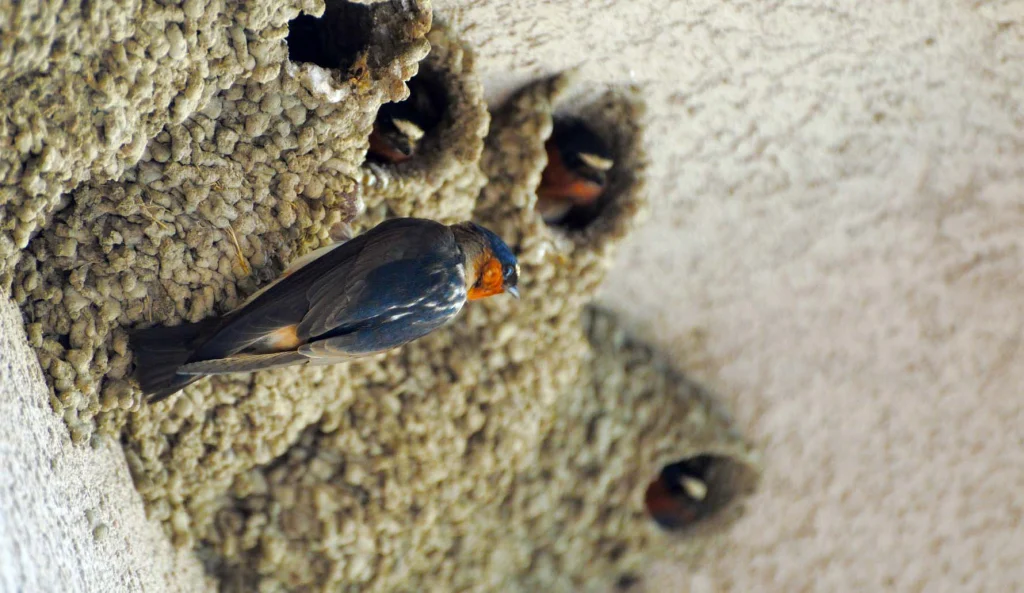A lovely little poem by Chinese poet Bai Juyi about moving on in late life.
晚燕
百鸟乳雏毕, 秋燕独蹉跎
去社日已近, 衔泥意如何
不悟时节晚, 徒施工用多
人间事亦尔, 不独燕营窠
白居易
Evening Swallow
While other birds are busy feeding chicks,
The swallow, alone, wastes time.
Joining others at the break of dawn,
A beak of mud, now, so what?
Who doesn’t realize the season is late,
Leaves alone to seek a better place.
With people, too, life’s like this,
Not only the Swallow builds a new nest.Bai Juyi, 772–846
L’hirondelle du soir
Quand d’autres oiseaux s’affairent à nourrir les poussins,
L’hirondelle, seule, perd du temps.
Rejoindre les autres alors que l’aube se lève,
Un bec de boue maintenant, et alors ?
Qui ne réalise pas que la saison est en retard,
Part seul pour chercher un meilleur endroit.
Avec les gens aussi, la vie est comme ça,
L’hirondelle n’est pas la seule à faire un nouveau nid.
Bai Juyi
Bai Juyi served as governor of three different provinces during his career, Hangzhou, Suzhou, and later, Henan. Additionally, as his career rose and fell, he served in various administrative jobs.
Like the swallow, building a new nest each time he took up a new job.
Unlike other songbirds, swallows are constantly on the go, roaming the skies, in acrobatic displays, ranging far and wide to feed on flying insects. Flocks swoop and swirl across fields and trees. They pepper the sky, often collecting over lakes and marshes to skim for insects and catch a drink. And when the sun sets, they pull together, gathering like a dense cloud.
There are as many as 75 species of swallows. The three general species are Barn Swallows, Cliff Swallows and Tree Swallows. Barn Swallows, as the name suggests, live in human built habitations. Cliff Swallow make the familiar mud nests underneath a bridge. Their gourd-like nests reminding one of cities. The Tree Swallow swarms in the evening and lives in cavities in dead trees.












